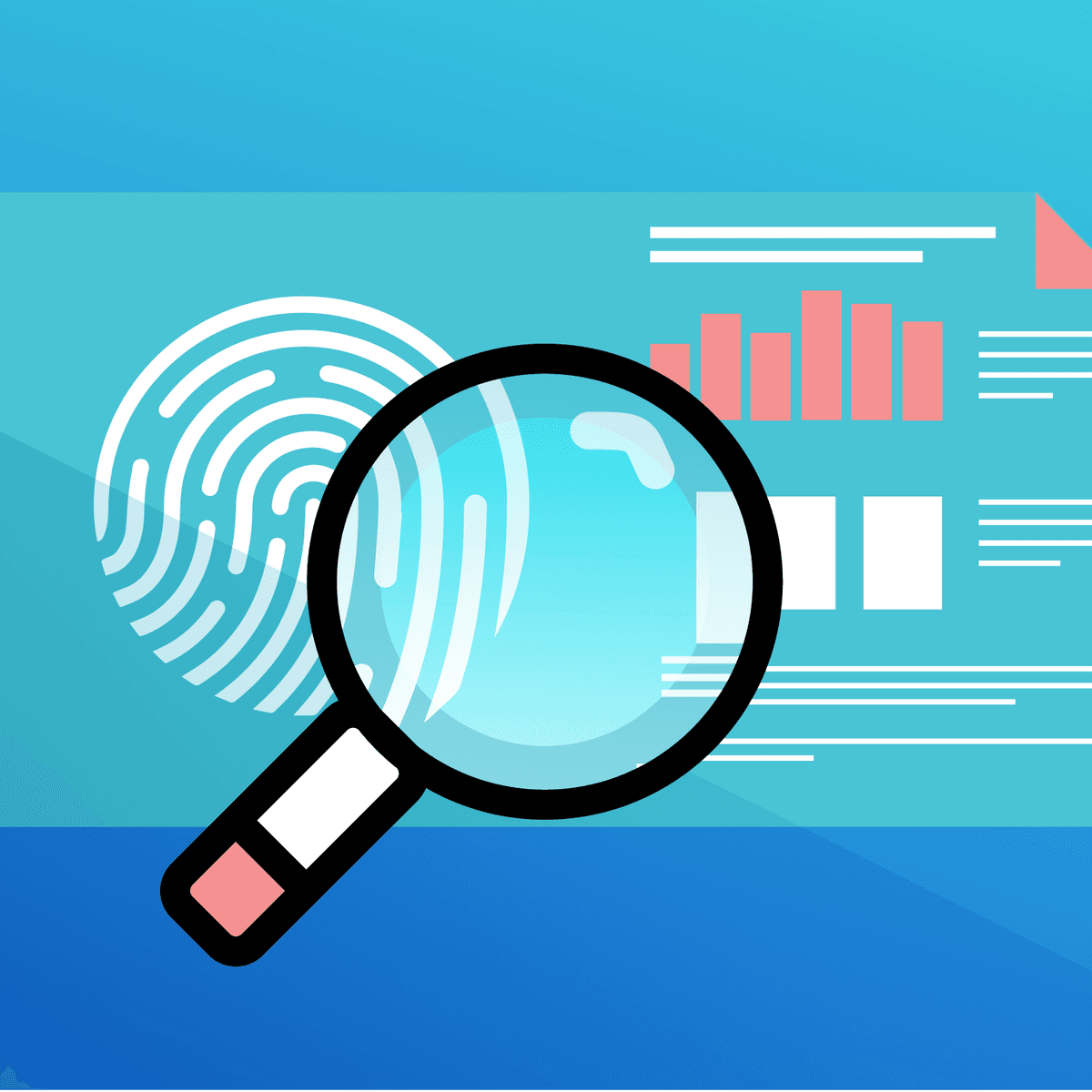Ensuring Effective Data Collection and Personalization
Published on December 08, 2022/Last edited on December 08, 2022/4 min read


Team Braze
Personalization is at the heart of modern marketing—but brands can’t get personalization right without the right data. To carry out an effective personalization program as part of your overall customer engagement strategy, you need the right customer information at your disposal, whether that’s data you're collecting directly through your app or website or via a strategic data partner.
At FORGE 2022, our annual customer engagement conference, we spoke with two leading experts in the field—Katie Bucher, Director of Lifecycle Marketing at Activision Blizzard, and Nick Patrick, Cofounder and CEO at Radar, about how to get your hands on the data you need for effective personalization. Here are some of the top strategies they shared.
4 Strategies to Improve Your Customer Data Collection and Personalization Efforts
#1: Collect data that enhances the customer experience and helps you unlock customer behavior insights
“Start with looking at the data that will allow you to tailor your messaging programs and communications specifically to create an overall better consumer experience,” says Bucher.
At Blizzard, Bucher and her team focus on collecting data that enables the organization to enhance the end-to-end player experience with their games.
In particular, Blizzard prioritizes collecting data that can be used to personalize customer journeys specific to the games individuals are playing, with tailored messaging around key game features, ways to level up, and tips and tricks that will help the player keep progressing.
#2: Be transparent about what data you’re collecting and earn consumer’s trust when asking for their information
“The bar to collect customer data—especially location data—has gotten higher and higher over the years,” says Patrick. Key tech players like Apple and Google have made it more difficult to track customer information, which is why it’s more important than ever for brands to earn customers’ trust and make it clear about what data is being collected and why.
Explain the value of opting into data sharing, and explain how you’ll use these insights to personalize the experience, such as by personalizing reminders and alerts.
Make sure to disclose information about the data you’re collecting in permissions prompts, privacy policies, and company FAQs, and only collect data you need and plan on putting to use and only retain it for as long as you need to use it.
#3: Use sophisticated location-based personalization strategies
While many brands have the insights to understand which country, state, or city a user is in and localize their messaging accordingly, Patrick says savvier companies are getting more sophisticated and more accurate than that.
As one example, Ibotta, a long-time Radar and Braze customer, leverages Radar’s point-of-interest data and visit detection capabilities to understand when a user has walked into a specific brick-and-mortar location and uses this information to send location-based push notifications via Braze reminding them to take advantage of a particular Ibotta feature.
Other leading brands are taking location-based personalization beyond messaging, changing up app and website features and content based on where in the world visitors are engaging.
#4: Don’t just personalize customer messaging campaigns—personalize the entire customer journey
As a real-world example of this, Blizzard is evolving how they personalize the gaming experience for their users. In addition to using name-based personalization in campaign subject lines and body copy, the gaming company is “diving into specific audience cohorts and developing custom pathways for them,” explains Bucher.
One area where they’re doing this is by creating custom customer journeys for new versus returning players. Since new players are completely unfamiliar with a given franchise or game, Blizzard ensures these users receive more historical context on the franchise and information on how to play the game. Returning users, however, have already had exposure to a specific franchise or game, so Bucher’s team focuses on guiding these users through their journey by highlighting key features, value propositions, and tips and tricks from the community to encourage engagement.
Bucher recommends continually optimizing your customer journeys by looking at specific audience cohorts and “developing really custom, personalized pathways for them.”
Final Thoughts
“Consumers have higher expectations than ever,” says Patrick. Customers are used to ordering whatever they want, getting updates about the products or services they’ve purchased, and getting items on demand.
“These types of location-based experiences—these personalized convenient experiences are something that we as consumers expect from every” company we interact with, he adds. Personalized, “frictionless, seamless experiences” are mission critical and delivering these kinds of experiences will help businesses become brands of choice that users engage with again and again.
For insights on how top brands are using personalization to drive growth, check out our guide The Power of Personalization.
Related Tags
Be Absolutely Engaging.™
Sign up for regular updates from Braze.
Related Content
 Article5 min read
Article5 min readWhen buffer management goes wrong: Avoiding bias in AI decisioning models
January 13, 2026 Article9 min read
Article9 min readHow AI Decisioning Transforms Marketing (A Complete Guide)
January 08, 2026 Article6 min read
Article6 min readAI decisioning cheat sheet: How to crawl/walk/run with BrazeAI Decisioning Studioᵀᴹ
January 08, 2026